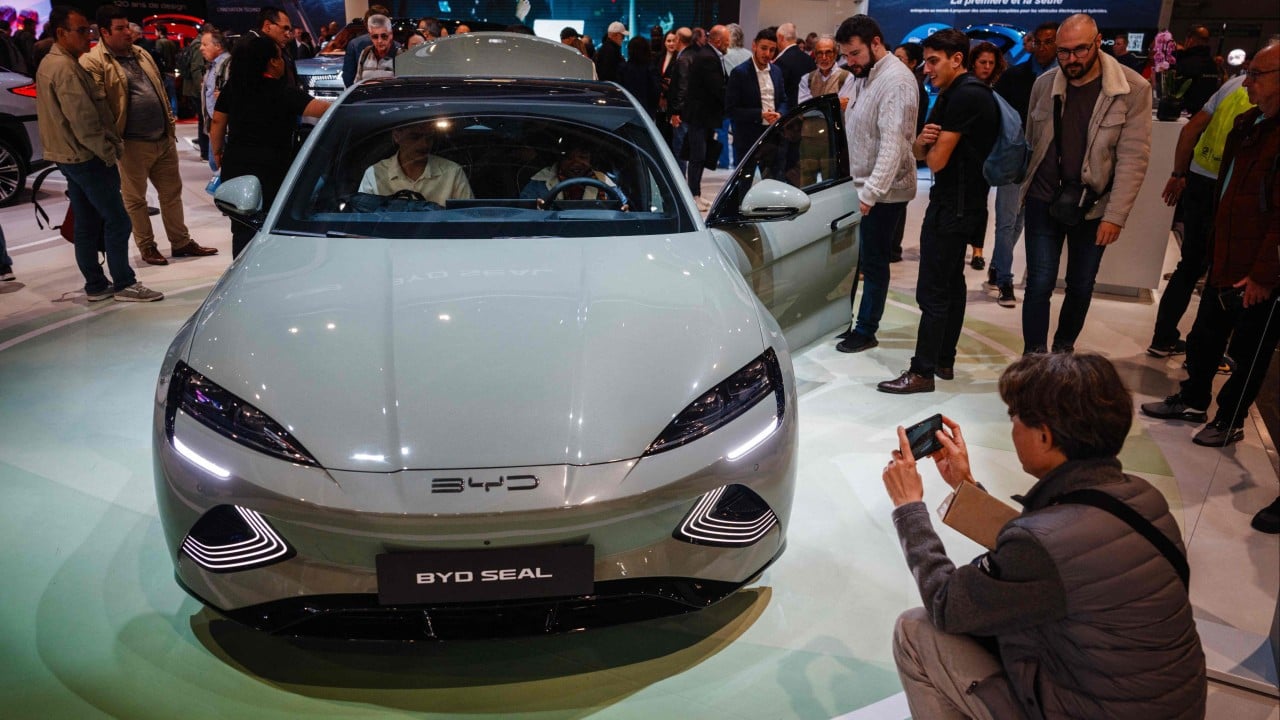Apple worked with Chinese carmaker BYD for years as part of its now-cancelled car project, developing long-range batteries that helped lay the groundwork for technology used today, according to people familiar with the situation.
Advertisement
Apple and the Shenzhen-based company teamed up around 2017 to build a battery system using lithium iron phosphate cells, said the people, who asked not to be identified because the effort has not been disclosed. The technology was designed to be longer-range and safer than typical electric-vehicle batteries at the time.
Though Apple does not own any of the technology used in BYD’s current Blade batteries, the partnership shows just how far the iPhone maker went in its efforts to produce a car. The tech titan spent roughly US$1 billion a year over the past decade on the vehicle project – often seen as one of the company’s “next big things” – before scrapping it in February.
The technology that Apple developed with BYD would have been highly customised for the once-planned vehicle, according to the people. As part of the secret partnership, Apple engineers brought expertise in advanced battery packs and heat management, they said. BYD contributed manufacturing know-how and advancements using lithium iron phosphate cells – better known as LFP.

Spokespeople for Apple and BYD declined to comment on the joint battery work. But BYD said in an emailed statement that “the concept for the Blade battery originated with BYD engineers, who independently developed this LFP Blade battery. BYD holds complete property rights and patent rights for the Blade battery”.
Advertisement
Today, BYD’s entire car line-up is powered by the Blade system, which uses a battery pack design that people involved in its development say was informed by lessons from the Apple work.

